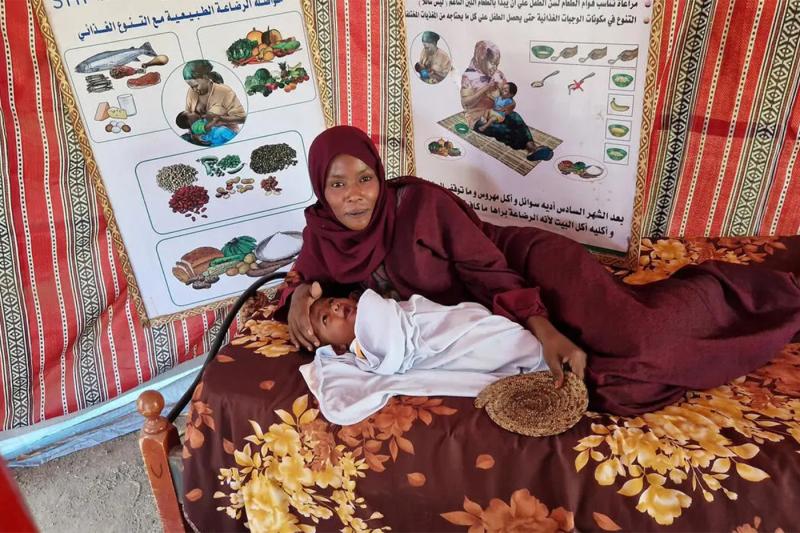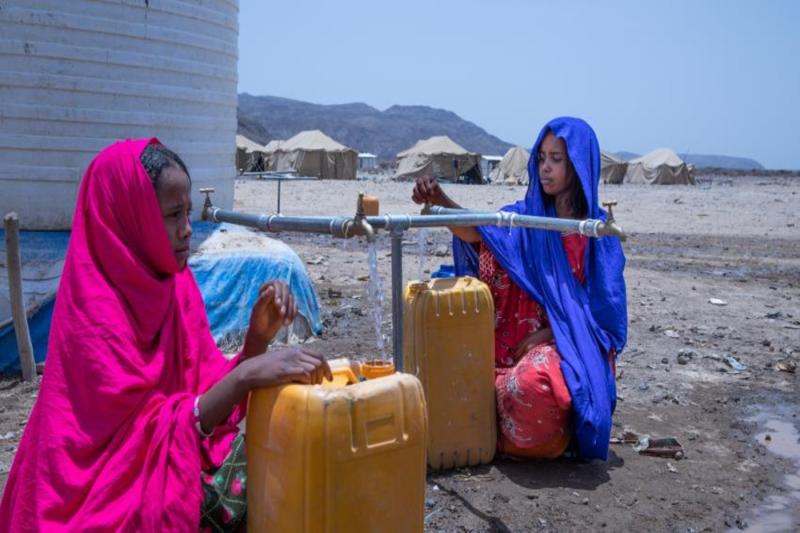
The potential impact of CERF’s funding gap
A $50 million reduction would have a devastating impact
CERF is facing an immediate shortfall and urgently requires an additional $50 million in contributions to reach the annual funding target for 2016 of $450 million. On average, each year, CERF grants help humanitarian partners deliver critical healthcare to over 20 million people; food assistance to 10 million people; water and sanitation to 8 million people; livelihood support to 5 million people; protection to 4 million people; and shelter to 1 million people, as well as services for refugees and migrants, nutrition programmes, mine action, emergency education and camp management. Thus, a $50 million funding gap could have a devastating impact by disabling CERF from supporting timely and life-saving humanitarian assistance to millions of people affected by crises.
CERF’s Funding Situation
As of 3 August 2016, CERF had received $273 million in contributions for 2016, and disbursed nearly as much to 35 countries for life-saving activities around the world in response to high demand from humanitarian partners. Currently, CERF is projecting a $50 million shortfall on the $450 million annual target for 2016. This is the largest shortfall since 2007 and is mainly caused by unfavorable exchange rates.
Contributions to CERF exceeded the $450 target in both 2013 and 2014, with approximately $480 million donated to CERF each of those years. In 2015, CERF only received $402 million, primarily due to CERF’s high exposure to currency rate fluctuations and a strong dollar. Thus, despite recent years of dramatic increases in humanitarian requirements, funding available for CERF to support urgent humanitarian action have decreased in both 2015 and 2016. This is despite the call by the Secretary-General for a $1 billion CERF by 2018, and the endorsement of this call by the majority of CERF’s donors.
The imminent funding shortfall can have a devastating impact on people in need. In order to put into perspective the potential impact should new significant contributions not be received urgently, the section below illustrates what has been achieved in the past with $50 million of CERF disbursements.

What $50 Million has achieved in the Past
CERF, under its window for underfunded emergencies, allocates one-third of its funds in two allocation rounds each year to forgotten crises. The first allocation round for underfunded emergencies in 2016, at $100 million, supported aid agencies to provide relief to an estimated 4.5 million people in nine severely underfunded crises where levels of risk and vulnerability are high. The second round for underfunded emergencies in 2016 will be at $50 million and will allow aid agencies to target approximately 2 million people with life-saving assistance and protection. A $50 million funding shortfall may force CERF to eliminate or significantly reduce an underfunded emergencies allocation round in 2017. Thus, the people in need in the most forgotten, underfunded emergencies, who have already been neglected, could be disproportionately affected by a funding gap, potentially leaving millions of people without life-saving assistance. Supporting life-saving humanitarian action in underfunded crises is part of CERF’s niche, and it would be difficult to find alternative sources of funding for these crises.
The impact would be equally harmful in crises in urgent need of quick and reliable financial support from CERF’s rapid response window during the beginning of new emergencies or worsening of ongoing crises. A $50 million funding shortfall could make it impossible for CERF to respond to some new or deteriorating emergencies in the reminder of 2016 and early 2017, thereby reducing aid agencies’ ability to respond effectively with time critical life-saving assistance to people in need.
The following examples help put into perspective what $50 million can help achieve, and what CERF may not be able to do should the funds not materialize. During 2015 CERF allocated a total of $44.3 million to support life-saving assistance for millions of people affected by the devastating humanitarian crisis in Yemen. In 2016, CERF has allocated a total of $47 million through the rapid response and underfunded window to support the provision of basic services to more than 1.1 million refugees, displaced persons and returnees affected by the South Sudan Crisis. This has included support to basic service assistance in shelter/NFI, WASH, health, nutrition, food security, protection and education. Through the rapid response window, in both 2015 and 2016 CERF has allocated approximately $50 million to humanitarian consequences of the El Nino phenomenon thereby providing a life line to millions of people in 18 countries impacted by El Nino.
A funding shortfall of $50 million in 2016 may prevent CERF from responding to sudden onset or rapidly deteriorating emergencies, as well as underfunded or forgotten crises during the last half of 2016 and early 2017, which could ultimately have a devastating impact on the lives of people affected by crises.


